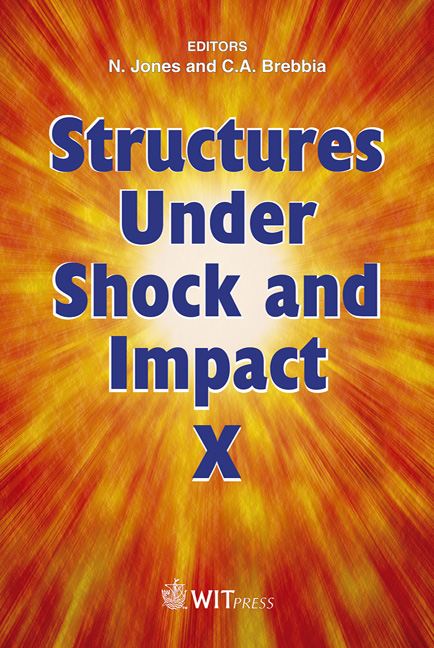Investigation Of Energy Absorption Of A GFRP Composite Crash Box
Price
Free (open access)
Transaction
Volume
98
Pages
8
Page Range
177 - 184
Published
2008
Size
821 kb
Paper DOI
10.2495/SU080181
Copyright
WIT Press
Author(s)
H. Ghasemnejad, H. Hadavinia & A. Aboutorabi
Abstract
Interlaminar fracture toughness of composite materials plays an important role on the specific energy absorption (SEA) of the crushing of composite materials. In this regard an optimum composite crash box design is sought by studying the effect of fibre orientation and stacking sequence on the increase of interlaminar fracture toughness. In order to achieve this, various glass fibre/epoxy orientations were studied experimentally. Double Cantilever Beam (DCB) and axial crush box specimens were made and tested in a quasi-static condition to determine the interlaminar fracture toughness (GIC) and SEA values for each set of fibre orientation and stacking sequence. The effect of the stacking sequence on fracture toughness and the SEA of the GFRP composite crash box has been quantified and optimum results were obtained. Keywords: interlaminar fracture toughness, specific energy absorption, fibre orientation, stacking sequence, composite. 1 Introduction The high energy absorbing capabilities of fibre reinforced polymer composite (FRP) materials is one of the main factors in their application in automotive and aerospace structures, while they also provide other functional and economical benefits such as enhanced strength, durability, weight reduction and lower fuel consumption. For structural vehicle crashworthiness, FRP composites are able to collapse in progressive a controlled manner, which results in high specific energy absorption in the event of an unexpected crash. Unlike metals and polymers, the progressive energy absorption of composite structures is dominated by extensive micro-fracture instead of plastic deformation [1–3]. Various fracture mechanisms such as fibre breakage and buckling, matrix
Keywords
interlaminar fracture toughness, specific energy absorption, fibre orientation, stacking sequence, composite.





